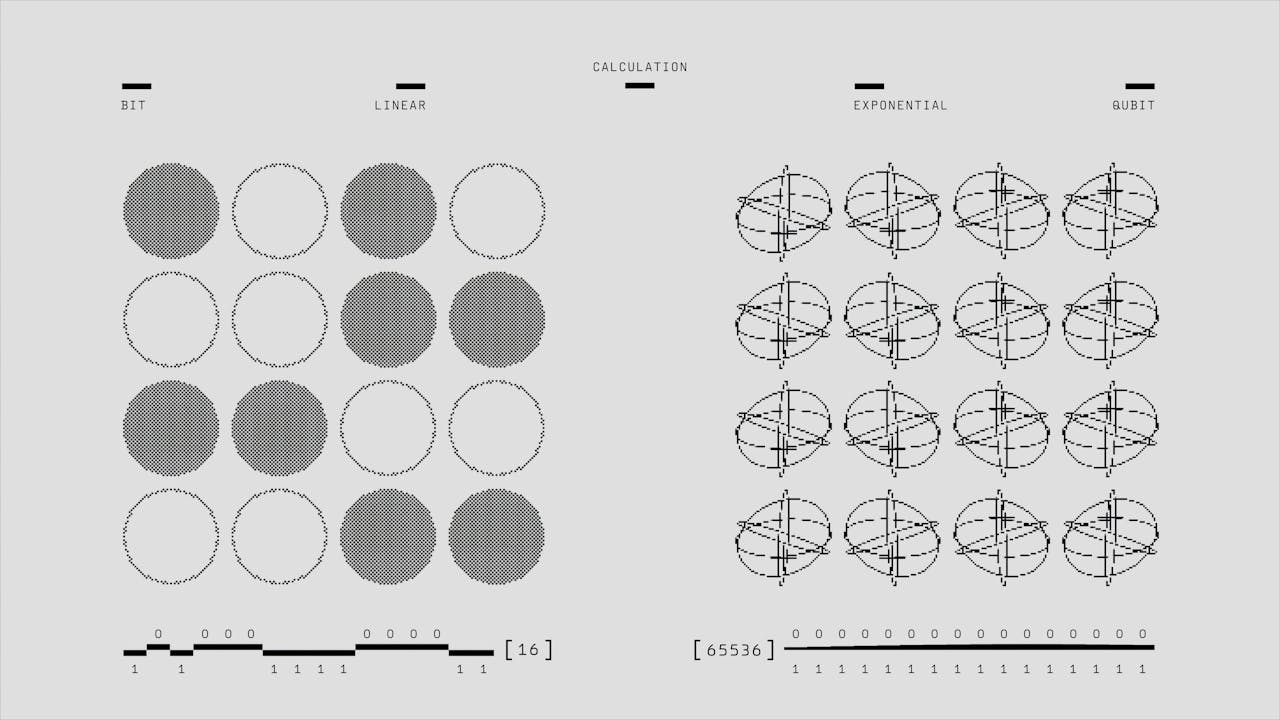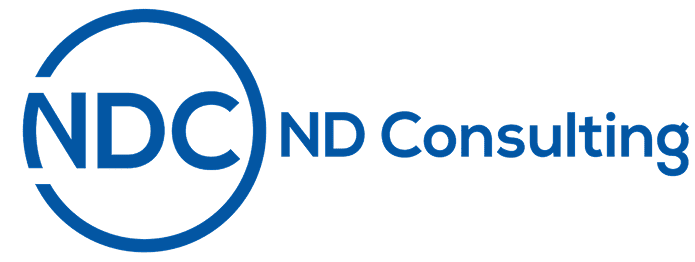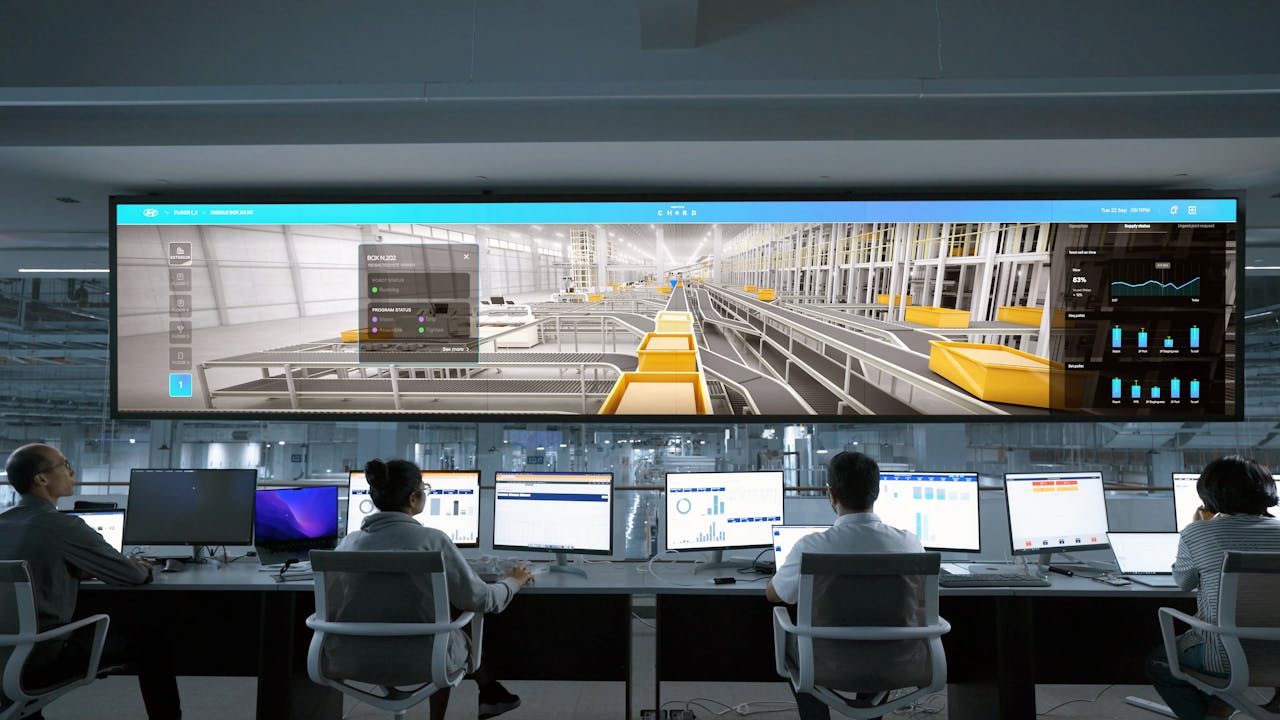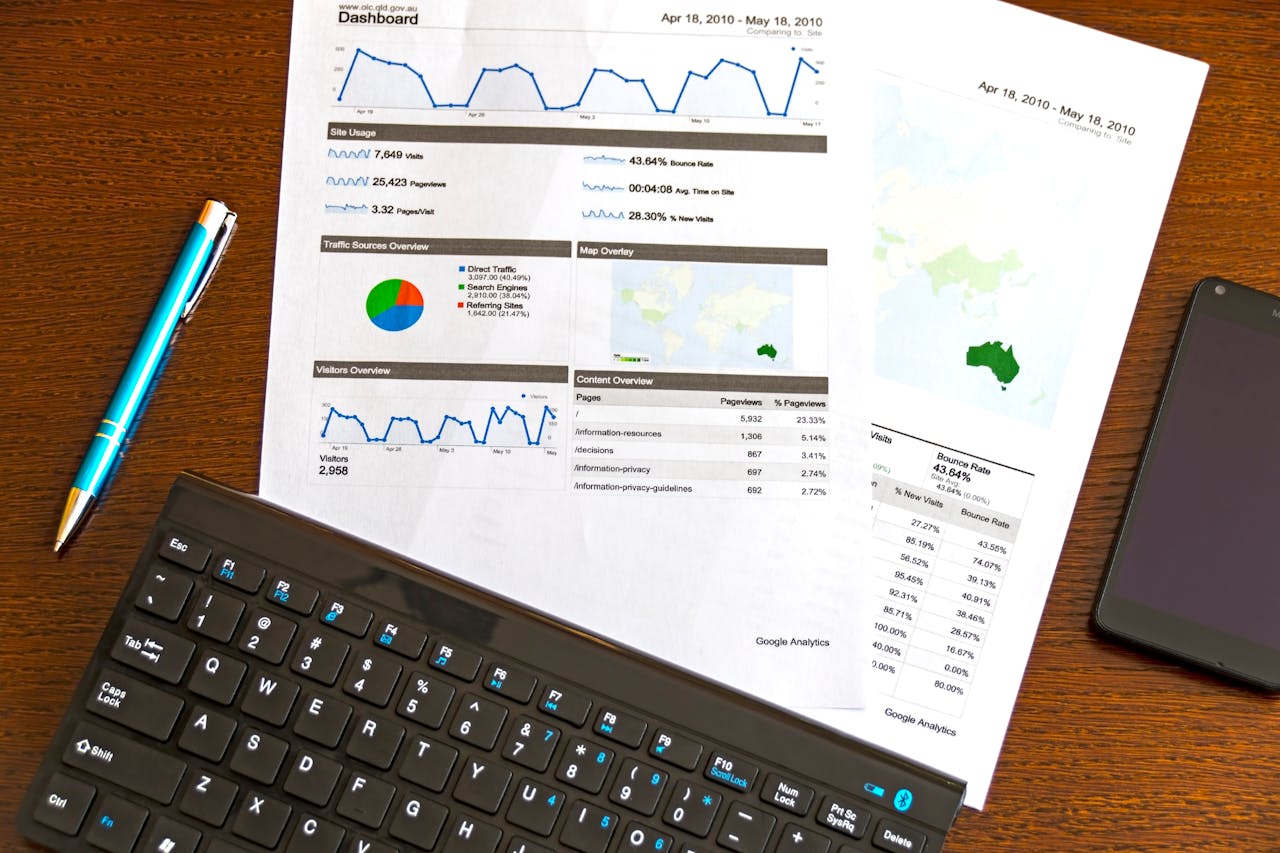In the past, residential property management used to mean spreadsheets, paper trails, and a phone glued to your ear. Today, software platforms have reshaped how landlords, managers, and even small real estate teams operate. But with so many options available, selecting the right tool isn’t particularly easy. You have to look for a system that aligns with your business model, budget, and the type of tenants you serve. But we’re here to make it easier for you.
By following this detailed guide, you’ll learn what makes the best residential property management software, from cost considerations to critical features, and how to separate marketing promises from practical functionality.
Why the Right Software Matters
Residential property management is full of moving parts: rent collection, lease tracking, maintenance requests, financial reporting, and tenant communications. Without the right tools, tasks become overwhelming, leading to errors, delays, or missed opportunities.
That’s where property management software can make life easier for landlords and real estate business owners. It acts as a centralized hub where landlords and managers can keep track of everything from tenant details to monthly expenses. For landlords juggling multiple rental units or even a single multifamily property, this centralization saves both time and stress.
However, not all platforms cater to your specific needs. Some lean toward large enterprise operations, while others are designed as rental management software tailored for small to mid-sized portfolios. Choosing the right one means looking past the glossy features list and digging into usability, pricing, and long-term fit.
Core Functions You Should Look For
The conversation about software often gets wrapped around flashy add-ons, but the foundation matters most. The best landlord software typically covers these five non-negotiable features:
1- Tenant Management
From move-in to move-out, the system should keep track of applications, lease details, renewals, and communication. Think of it as the tenant tracking software for small property owners who don’t want to manually juggle multiple spreadsheets.
2- Rent Collection
Automated rent reminders, online payment options, and direct deposit features are a must. This isn’t just about convenience; it reduces late payments and the awkwardness of chasing tenants for checks. Many platforms market themselves as automated rent collection software for small portfolios, but the ease of use varies significantly.
3- Maintenance Requests
A good platform allows tenants to submit maintenance issues digitally, complete with photos or videos, and lets managers assign tasks to contractors. This is often overlooked until a broken water heater exposes inefficiencies.
4- Accounting Tools
Whether integrated directly or via connection to QuickBooks, accounting is a core requirement. Reports should include income statements, expense tracking, and tax-ready exports.
5- Mobile Access
Landlords don’t always sit behind a desk. Property management apps for independent landlords have become essential for responding to tenants, approving maintenance, or reviewing payment status on the go.
Cost Considerations
One of the first questions many small landlords ask is: How much does a property management software cost?
The answer depends on the pricing model. Most vendors use one of three approaches:
- Per Unit Pricing: Common with platforms like Yardi, Buildium, and AppFolio, where costs increase as you add units. Great for scalability, but less appealing for landlords with only a handful of properties.
- Flat Monthly Fee: Some systems charge a simple rate, making budgeting straightforward.
- Free vs. Paid: Yes, there are free and paid property management software options available in the market. Free versions often limit the number of units or features, making them suitable for beginners but not sustainable long-term.
Budgeting also requires looking at hidden costs: onboarding fees, training sessions, payment processing charges, or premium add-ons. Choosing affordable rental management software for startups means balancing functionality with what you can realistically pay without overburdening your cash flow.
Features That Separate Average from Outstanding
Not all property management tools offer the same level of customization and features. Beyond the basics, standout platforms often provide:
1. CRM Integration
A frequent question among growing landlords is: What’s the best CRM for property management? A platform that integrates CRM tools allows managers to nurture tenant relationships, track leads, and streamline communication, all in one dashboard.
2. Document Storage and E-Signatures
The days of chasing paper leases are fading. Look for cloud-based property management solutions for small companies that offer secure document storage, e-signatures, and easy retrieval.
3. Automation Beyond Rent
From lease renewal reminders to maintenance follow-ups, automation saves hours of repetitive tasks. Some platforms even automate late fee calculations.
4. Customization
A property manager overseeing student housing may need entirely different features from someone managing single-family rentals. Flexibility is key when comparing platforms.
Software to Keep Track of Rental Properties
When choosing software to keep track of rental properties, consider how well the system grows with you. Some landlords start with a single duplex but expand to multiple properties within a few years. A system that feels “too big” now may become indispensable later.
For beginners, easy-to-use rental property software for beginners is vital. Overly complex platforms lead to underutilization; you don’t want to pay for features you never use.
For seasoned landlords, scalability matters most. The ability to add units, integrate with external tools, or manage multiple property types under one umbrella becomes crucial.
Comparing Popular Platforms
Comparing property management systems for small businesses can be overwhelming, given the number of options available. Each real estate management platform offers unique features and pricing models, making it important for landlords to choose one that aligns with their portfolio size, growth plans, and budget. Let’s take a closer look at some of the most popular residential property management software platforms and what they bring to the table.

1. Yardi
Yardi is a powerful property management solution that caters to businesses of all sizes, including small businesses looking for scalability as they grow. While its pricing is on the higher end, Yardi provides a comprehensive suite of tools for accounting, maintenance management, and tenant communications.
Yardi’s Yardi Breeze platform is a more affordable option for smaller portfolios, offering cloud-based solutions for streamlined management and enhanced reporting.
2. Buildium
Buildium is a well-known solution that excels in property management for small to mid-sized portfolios. It offers comprehensive features, including accounting, tenant portals, and lease tracking, making it a solid all-in-one tool. Buildium’s user-friendly interface and strong reporting capabilities make it easier for landlords and real estate property managers to keep track of their operations.
3. AppFolio
AppFolio is widely regarded for its advanced features and sleek, modern design. It’s often favored by property managers with larger portfolios due to its scalability and robust functionality, such as automated workflows, marketing tools, and mobile access. The platform offers everything from online rent payments to detailed financial tracking, but at a higher price point.
4. TenantCloud
TenantCloud is perfect for landlords just starting out or those managing small portfolios. It offers a free tier, which is great for those new to property management, and provides the option to scale with paid upgrades. With features like online rent collection, maintenance request management, and customizable lease templates, TenantCloud is both affordable and functional.
5. Rentec Direct
Rentec Direct offers a strong blend of affordability and functionality. Known for its robust financial reporting and easy-to-use interface, it’s a great option for landlords who prioritize strong accounting and budget tracking. It also includes features like tenant communication tools, maintenance tracking, and online rent payments.
| Platform | Best For | Strengths | Weaknesses |
| Yardi | Businesses with future growth in mind | In-depth features, scalable, strong accounting and reporting tools | Higher cost, may have unnecessary features for small portfolios |
| Buildium | Small to mid-sized portfolios | Strong accounting features, tenant portals, customizable reporting | Pricing increases with more units, can be expensive for larger portfolios |
| AppFolio | Larger portfolios or those planning for growth | Advanced features, sleek design, mobile accessibility, robust marketing tools | Higher price, may not be cost-effective for smaller portfolios |
| TenantCloud | New landlords or small portfolios | Free tier, intuitive design, easy setup, good scalability options | Limited features in free version, not ideal for large portfolios |
| Rentec Direct | Landlords prioritizing strong financial reporting | Affordable, excellent financial tools, easy to use | Lacks advanced features, less automation and mobile tools |
No two systems are identical, which is why reviews matter. Many landlords rely on small business landlord software reviews to identify pain points like poor customer support, hidden fees, or steep learning curves.
Avoiding Common Mistakes
While features and costs are critical, mistakes often occur in the evaluation process itself:
1- Chasing Features You Don’t Need
Platforms love to showcase AI-driven dashboards or advanced forecasting. But if you only manage four units, those features add complexity without much benefit.
2- Ignoring Tenant Experience
Remember, tenants interact with the system too. If the portal feels clunky, rent payments might be delayed or maintenance requests miscommunicated.
3- Overlooking Training and Support
The best software is only useful if you can operate it. Support resources, tutorials, and responsive help desks should weigh heavily in your decision.
4- Short-Term Thinking
Choosing based solely on current needs may backfire if your portfolio doubles in size. Select a tool that scales.
Choosing the Best Residential Property Management Software
Selecting the best Residential Property Management Software requires balancing three pillars: features, affordability, and growth potential. Look at what you manage today, where you expect your portfolio to go, and how the software fits both scenarios.
When evaluating a property management platform, consider your specific needs, such as:
- Portfolio Size: Is your portfolio small and growing, or are you managing a larger number of units?
- Budget: What are you willing to spend on software, both now and as your portfolio expands?
- Features: Are you looking for basic accounting tools or more advanced functionalities like marketing, reporting, and maintenance tracking?
When weighing your options, consider whether the platform truly delivers on being the best property management tool for small landlords or if it simply markets well. The more you align your choice with your day-to-day reality, the fewer regrets you’ll have later.
Final Thoughts
At its core, selecting residential property management software is about making life easier for landlords by improving tenant relationships, reducing manual errors, and creating space for growth. Whether you opt for free and paid property management software, a fully integrated system, or a simple app for small portfolios, the right decision is one that matches your current scale while preparing for the future.
By focusing on the non-negotiable features like realistic costs and scalability, landlords can move beyond outdated systems and build an efficient, reliable foundation for managing their properties.





